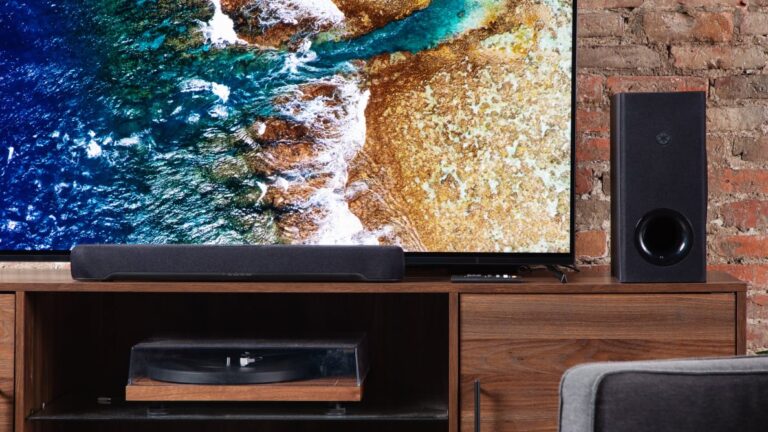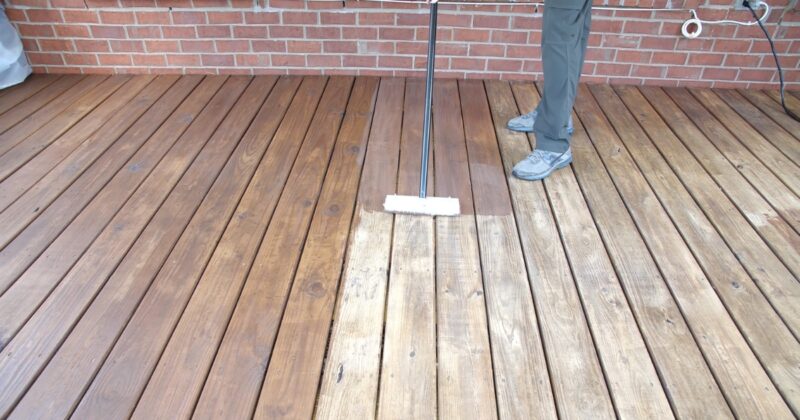Do you ever find yourself engrossed in a movie when suddenly you realize something is amiss? The dialogue is crisp, and the score is immersive, but it lacks the earth-shaking impact you expected? If so, it might just be your subwoofer—specifically, its placement.
When configured correctly with a soundbar, a subwoofer can turn a simple home theatre setup into a movie lover’s dream. However, finding that “perfect spot” can be a real puzzle. In this guide, we will unearth the secrets to optimal subwoofer placement and help you make the most of your sound system.
Why You Need Both Subwoofers and Soundbars
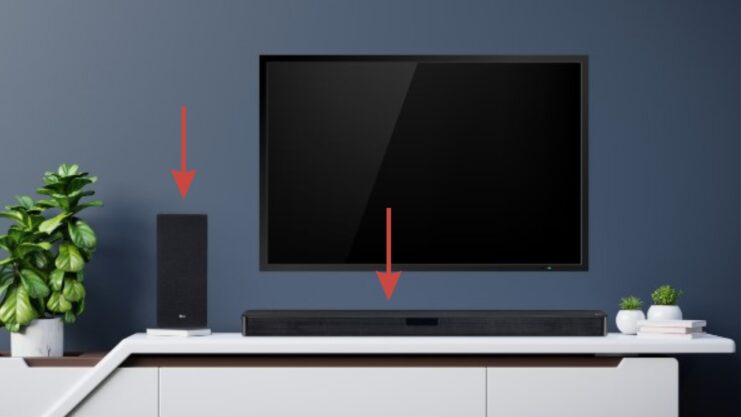
You have probably invested in a soundbar for a seamless, stylish, and space-efficient way to improve your TV’s audio quality. But if you want to really feel the depth and nuance of the sound—be it the thump of an explosion in an action movie or the subtle ambiance of a live concert—a subwoofer is essential.
A Match Made in Audio Heaven
A soundbar typically covers the higher-frequency audio, ensuring crisp dialogue and detailed soundscapes. A subwoofer, on the other hand, takes care of the low-frequency sounds, bringing depth and dimension to your auditory experience. When paired correctly, these two can provide an encompassing audio environment that rivals more complex setups.
Know About Room Acoustics
The Science of Sound
Sound waves don’t just move in a straight line; they bounce off walls, get absorbed by soft materials, and even get distorted by the shape and size of your room. Understanding these interactions is crucial for optimal subwoofer placement. If you ignore the room’s acoustics, you might end up with boomy or muddled sound.
Taking Measurements
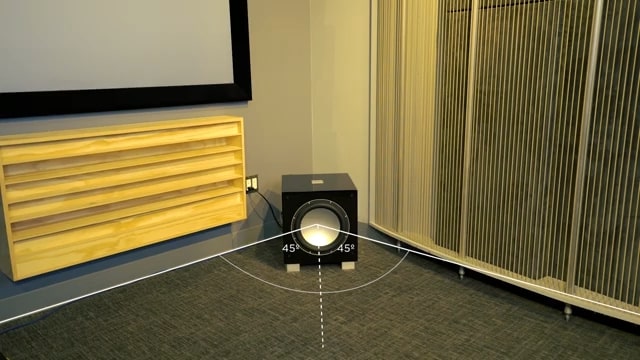
Before you start moving furniture around, grab a measuring tape. Note down the dimensions of your room and the major pieces of furniture. Specialized apps and tools can also help you visualize how sound waves will interact with your room, but a basic sketch can also be incredibly useful.
Dealing with Room Anomalies
Got an L-shaped room? Or perhaps a pillar in an inconvenient spot? Oddities like these affect the way sound moves around the room. You might need to experiment more or even consider multiple subwoofers for an evenly distributed low-frequency response.
Common Placement Options
Corner Placement
The Pros
- Maximizes Output: Corner placement makes your subwoofer sound louder and more powerful because the walls act as a natural amplifier.
- Space Efficient: Tucking your subwoofer in a corner can save precious floor space.
The Cons
- Risk of Boominess: Because the sound is amplified, there’s a risk that the bass could overpower the other elements of your audio.
Along the Wall
The Pros
- Balanced Sound: When placed along a wall, the bass response is less overpowering, leading to a more balanced auditory experience.
- Flexibility: Easy to move and adjust until you find the “sweet spot.”
The Cons
- Less Impact: Depending on the room’s acoustics, wall placement might make the subwoofer’s impact less potent.
Near the Listener
The Pros
- Pinpoint Accuracy: Having the subwoofer near you can lead to a highly accurate, localized bass experience.
- Personalization: Ideal for audiophiles who want to fine-tune their listening experience.
The Cons
- Not Ideal for Groups: This setup is less suitable for multiple listeners as it focuses the bass in a specific area.
Calibration and Fine-Tuning
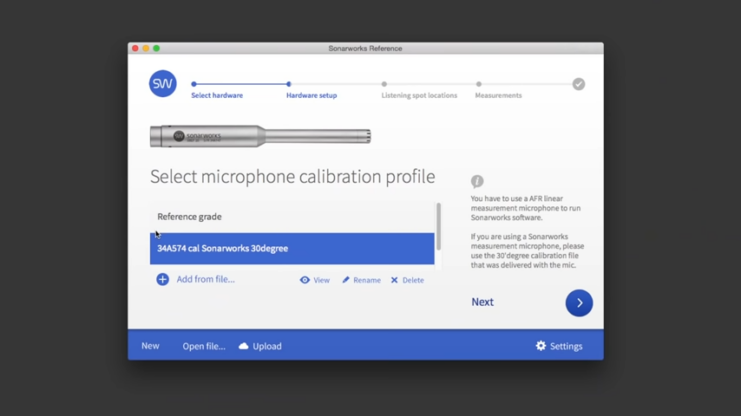
Importance of Calibration
Calibration isn’t just for tech geeks. If you want to get the best out of your subwoofer and soundbar, you can’t skip this step. Most modern soundbars come with a calibration mic and built-in software that makes the process straightforward.
How to Calibrate
- Turn off any background noise and set your soundbar and subwoofer to a neutral setting.
- Use the calibration mic and follow the on-screen instructions.
- Test with various types of audio to make sure the calibration suits your typical usage.
Advanced Tweaks
For the true audiophile, additional software and apps can be used for more detailed adjustments. You can fine-tune phase, crossover, and even equalization settings to get your ideal sound.
Avoiding Common Mistakes
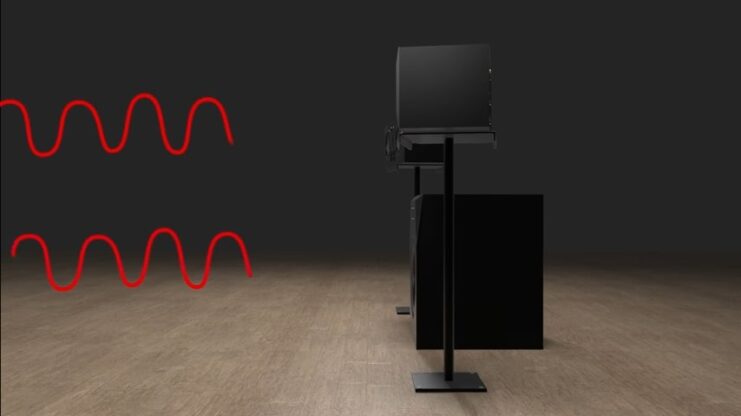
Ignoring Room Acoustics
- One of the biggest errors is overlooking room dimensions and structure. As we’ve learned, these factors are crucial in determining where your subwoofer should go.
Avoid “Hidden” Spots
- While it might be tempting to hide your subwoofer in a cabinet or behind furniture, doing so can significantly muffle and distort the sound.
Skipping Calibration
- It’s not just an “extra feature.” Calibration can make the difference between decent sound and great sound. Don’t skip it.
Additional Considerations for Apartment Dwellers
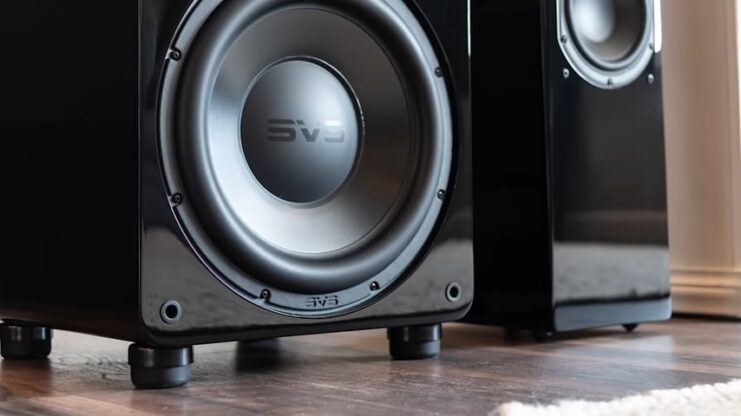
The Neighbor Factor
When you’re living in an apartment, you’re not just optimizing for sound quality but also being considerate of your neighbors. A subwoofer can be disruptive to others if not managed correctly. You might want to invest in decoupling platforms or soundproofing materials to limit the sound bleeding through walls and floors.
Sound Testing
Before finalizing the placement of your subwoofer, test it out during different times of the day to determine its impact on neighboring units. This will help you find a setup that’s optimal but not disruptive.
Tips for Apartment Dwellers
- Use isolation pads or a subwoofer isolation platform.
- Keep the volume at reasonable levels, especially during quiet hours.
- Consider smaller subwoofers that offer good-quality bass but are less disruptive.
The Benefits of Mobile Apps and Remote Control
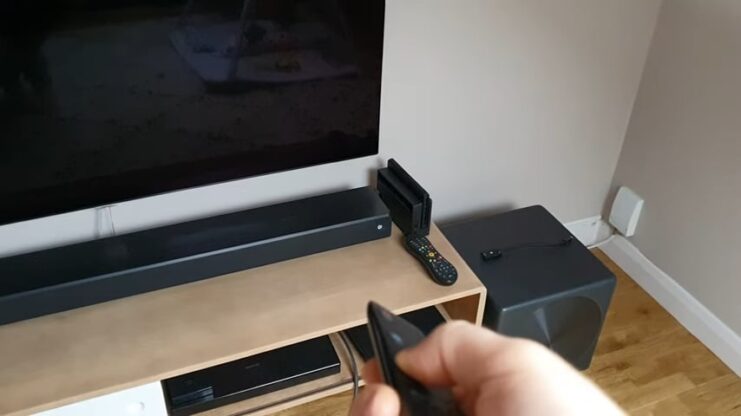
The Modern Way to Manage Sound
With advancements in technology, controlling and managing your subwoofer and soundbar setup is easier than ever. Most high-end models now come with companion apps or sophisticated remote controls. These can not only make calibration a breeze but also allow for real-time adjustments without moving from your seat.
Popular Apps and Software
Here’s a quick rundown of some popular mobile apps designed to manage and calibrate your home theater audio setup:
- Audyssey MultEQ
- Sonos S2
- Bose SoundTouch
Why Go Digital?
- Ease of Use: Apps usually offer a user-friendly interface, making it easier for you to tweak settings.
- Multiple Profiles: Most apps will allow you to save different calibration profiles for different scenarios (movies, music, gaming, etc.).
- Updates and Upgrades: As your sound system receives firmware updates, new calibration and customization features may become available through the app.
The Value of Professional Assistance
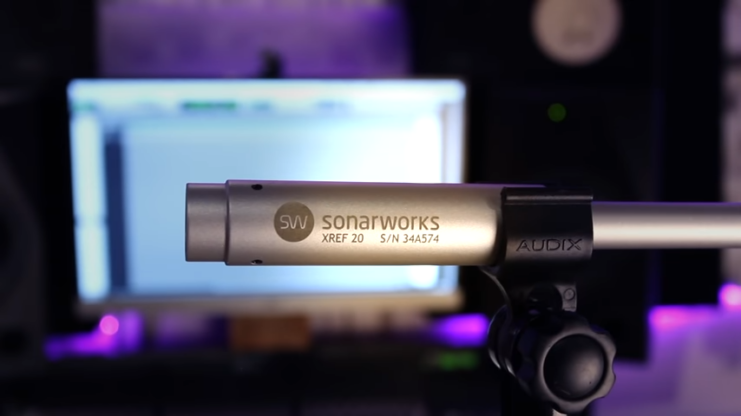
When to Consider Professional Help
For those with complex room layouts, unique acoustics, or high-end audio systems, sometimes DIY just doesn’t cut it. If you’re not getting the audio quality you expect, despite following all guidelines, professional help might be the best way to optimize your setup.
What Professionals Do
Experts will come in with specialized equipment to measure the acoustic properties of your room. They can recommend the best placement for your subwoofer, calibrate your system, and even suggest acoustic treatments for your space.
How to Choose an Expert
- Look for professionals with certifications from recognized audio organizations.
- Check customer reviews and ratings.
- Get a clear outline of what the service entails and its costs before you commit.
FAQs
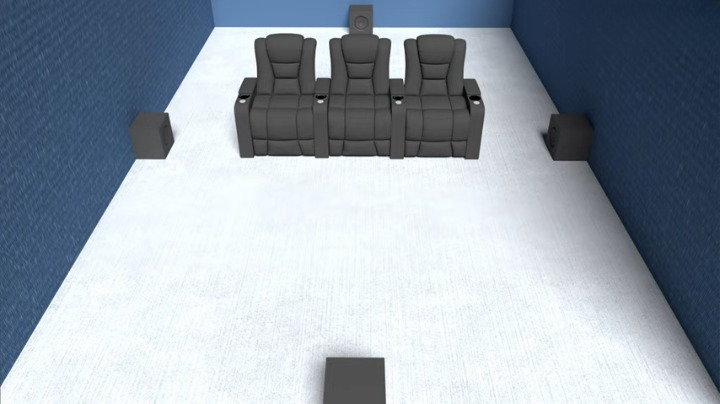
Does room size matter for subwoofer placement?
Yes, room size plays a significant role in the acoustics of your sound system. Larger rooms offer more placement options, while smaller rooms may limit where the subwoofer can be effectively placed.
Can I place the subwoofer next to the TV?
Yes, you can try placing it next to your TV, either on the left or the right side, to see which position offers the best sound quality.
What about corner placement?
Placing the subwoofer in a corner can enhance its sound. However, it should not be directly against the wall; maintain at least a six-inch distance from the wall for optimal performance.
Is it okay to place a subwoofer in a cabinet?
It’s generally not recommended to place it in a cabinet as it can hinder the sound quality and may cause the subwoofer to overheat.
How far can a subwoofer be from a soundbar?
The distance depends on whether the subwoofer is wired or wireless. Wired ones are limited by the length of their cables, while most wireless ones have a range of about 30 feet.
Can I use more than one subwoofer?
If you have a large room, using dual subwoofers can be beneficial. In such cases, they are best placed on both sides of the room.
How do I choose the right subwoofer for my soundbar?
The right one depends on your soundbar’s compatibility, room size, and personal preferences. Some soundbars are only compatible with specific subwoofers, so it’s essential to check compatibility.
What are the considerations for wired vs. wireless subwoofers?
Wired ones may require you to find a way to hide the wiring, while wireless ones offer more flexibility in placement.
What can I add to my sound system after a subwoofer?
After adding a subwoofer, you may consider adding rear speakers to upgrade your sound system from a 2.1 or 3.1 setup to a 5.1 system, achieving surround sound.
Final Thoughts
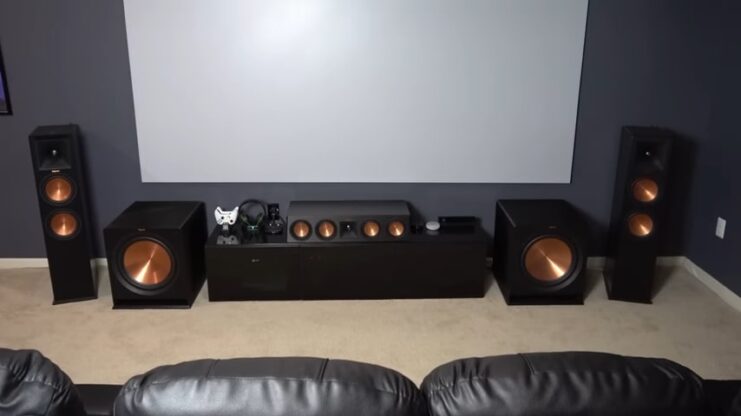
Achieving the ultimate sound experience at home isn’t just a matter of buying high-quality devices; it also requires careful thought and setup. We hope this comprehensive guide on where to place your subwoofer with a soundbar has given you valuable insights to elevate your home theatre experience. Now go ahead, find that perfect spot, and let the good times roll—or should we say, rumble!
Related Posts:
- How to Spot and Avoid Kentucky's 4 Deadly Venomous…
- How to Spot a Drone at Night - 10 Ways to Identify Them
- Waterproof vs Non-Waterproof Hiking Boots- Which One…
- How to Hide or Unhide a Song on Spotify: Crafting…
- Vivo V20 Pro Launch With A Dual Selfie Camera -…
- 196 Things That Start With T - Everything In One Place

